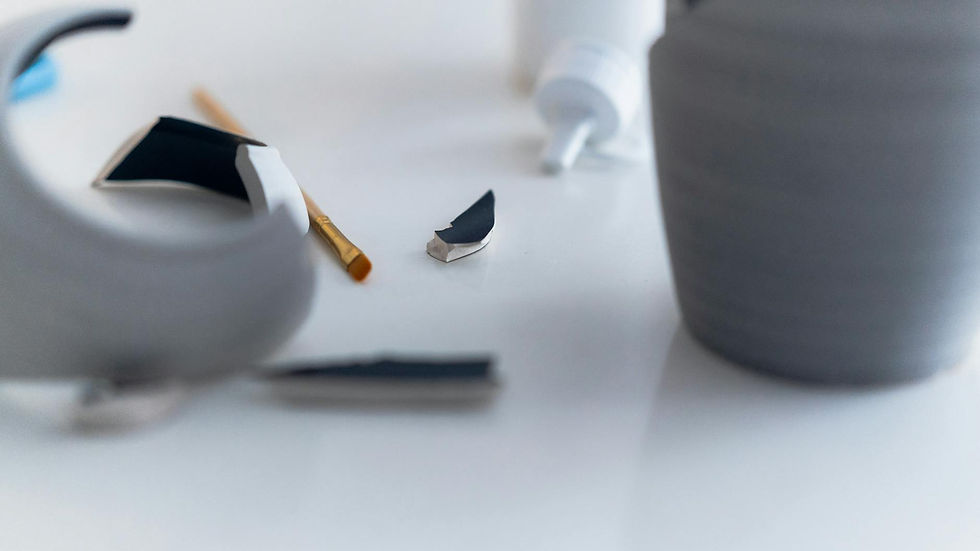Scaffold Screw Jack Guide: Stabilize Your Home Projects
- Riley Thorne

- 1 day ago
- 4 min read

Are you tackling a home renovation, building a deck, or even just painting those high ceilings? Ensuring stability and safety is paramount, and that's where scaffold screw jacks come in. These often-overlooked components are crucial for leveling and supporting scaffolding, ensuring a secure work platform for all your projects. This guide will provide you with everything you need to know about scaffold screw jacks to stabilize your home improvement endeavors. We will explore their function, selection criteria, and safe usage, providing you with the confidence to incorporate them into your next project.
Understanding Scaffold Screw Jacks
What is a Scaffold Screw Jack?
A scaffold screw jack is an adjustable component used at the base of scaffolding to level the structure and distribute weight evenly. Think of them as the adjustable feet of your scaffolding system. The scaffold screw jack function is critical for ensuring a stable and safe platform, especially on uneven ground. They allow for precise height adjustments, compensating for slopes and irregularities in the surface.
Types of Scaffold Screw Jacks
There are primarily two types of scaffold screw jacks: base jacks and U-head jacks.
Base Jacks: These are the most common type and are used at the bottom of the scaffolding legs. They have a flat base plate that rests on the ground and a threaded stem that connects to the scaffolding frame.
U-Head Jacks: These are used at the top of the scaffolding to support beams or timbers. They have a U-shaped head that cradles the beam, providing a secure and level support.
Key Components of a Scaffold Screw Jack
Understanding the components of a screw jack helps in selecting the right one and ensures safe usage.
Base Plate: Provides a stable footing and distributes the load across the ground.
Threaded Stem: The adjustable part that allows for height adjustments. The quality of the threading is crucial for load-bearing capacity and durability.
Adjusting Nut: Used to turn the threaded stem and raise or lower the scaffolding.
Collar: This is sometimes added to the screw jack to keep dirt and debris out of the threads.
Selecting the Right Scaffold Screw Jacks: A Complete Guide for Homeowners
Choosing the correct screw jacks is essential for safety and project success. Several factors should be considered before making a purchase.
Load Capacity
The first and foremost consideration is the load capacity. Determine the total weight that the scaffolding will need to support, including materials, tools, and personnel. Always select screw jacks with a load capacity that exceeds the anticipated weight. Overloading screw jacks is a serious safety hazard.
Adjustment Range
The adjustment range refers to the amount of height adjustment the screw jack can provide. Measure the maximum height difference between the highest and lowest points of the ground surface where the scaffolding will be erected. Choose screw jacks with an adjustment range that is sufficient to compensate for this difference.
Material and Durability
Scaffold screw jacks are typically made from steel. Look for jacks that are made from high-strength steel and have a durable finish to resist corrosion. Consider galvanized or powder-coated jacks for outdoor applications to prolong their lifespan.
Compatibility
Ensure that the screw jacks are compatible with your scaffolding system. Check the thread size and diameter to ensure a secure and proper fit. Consulting the scaffolding manufacturer's specifications is highly recommended.
Safety Standards and Certifications
Always choose screw jacks that meet relevant safety standards and certifications. Look for certifications from recognized organizations, ensuring the jacks have been tested and meet specific performance requirements.
Safe Usage of Scaffold Screw Jacks: Best Practices
Proper installation and usage are critical for ensuring the safety and stability of your scaffolding.
Proper Installation
Inspect before Use: Before each use, thoroughly inspect the screw jacks for any signs of damage, such as bent stems, damaged threads, or corroded components. Do not use damaged jacks.
Stable Base: Ensure that the base plates are resting on a solid and level surface. Use mud sills or base plates to distribute the load evenly on soft ground.
Even Adjustment: Adjust the screw jacks evenly to distribute the load equally across all legs of the scaffolding. Avoid over-extending the screw jacks, as this can reduce their load capacity.
Secure Locking: Once the scaffolding is leveled, ensure that the adjusting nuts are securely locked in place to prevent movement.
Maintaining Stability
Regular Inspections: Regularly inspect the screw jacks and the surrounding area for any signs of instability, such as sinking or shifting.
Weight Distribution: Avoid concentrating excessive weight on one area of the scaffolding. Distribute the load evenly to maintain stability.
Weather Considerations: Be aware of the effects of weather conditions on the scaffolding and the ground. Heavy rain can soften the ground and cause the screw jacks to sink.
Safety Precautions
Never Overload: Never exceed the load capacity of the screw jacks.
Proper Training: Ensure that all personnel working on the scaffolding are properly trained in its safe erection and use.
Fall Protection: Always use appropriate fall protection measures, such as guardrails and harnesses, when working on scaffolding.
Consult Professionals: When in doubt, consult with a qualified scaffolding professional for guidance and assistance.
Troubleshooting Common Issues
Even with proper installation, issues can arise. Understanding common problems and their solutions can prevent accidents.
Sinking or Shifting
If the screw jacks are sinking or shifting, it indicates that the ground is not providing sufficient support. Use larger base plates or mud sills to distribute the load over a wider area.
Difficulty Adjusting
If you're experiencing difficulty adjusting the screw jacks, it could be due to dirt or debris in the threads. Clean the threads thoroughly and lubricate them with a suitable lubricant.
Instability on Sloped Surfaces
On sloped surfaces, extra care is needed to ensure stability. Use a combination of screw jacks and shims to level the scaffolding. Consider using specialized scaffolding designed for sloped surfaces.
Conclusion
Scaffold screw jacks are indispensable components for ensuring the stability and safety of your home improvement projects. By understanding their function, selecting the right type, and following safe usage practices, you can create a secure work platform for any task. Remember to prioritize safety above all else, and when in doubt, consult with a professional. With this complete guide for homeowners, you're well-equipped to stabilize your next project and achieve professional results safely and efficiently. Take action now to inspect your current scaffolding setup or research screw jacks for your upcoming project, ensuring a stable and secure foundation for success.



Comments